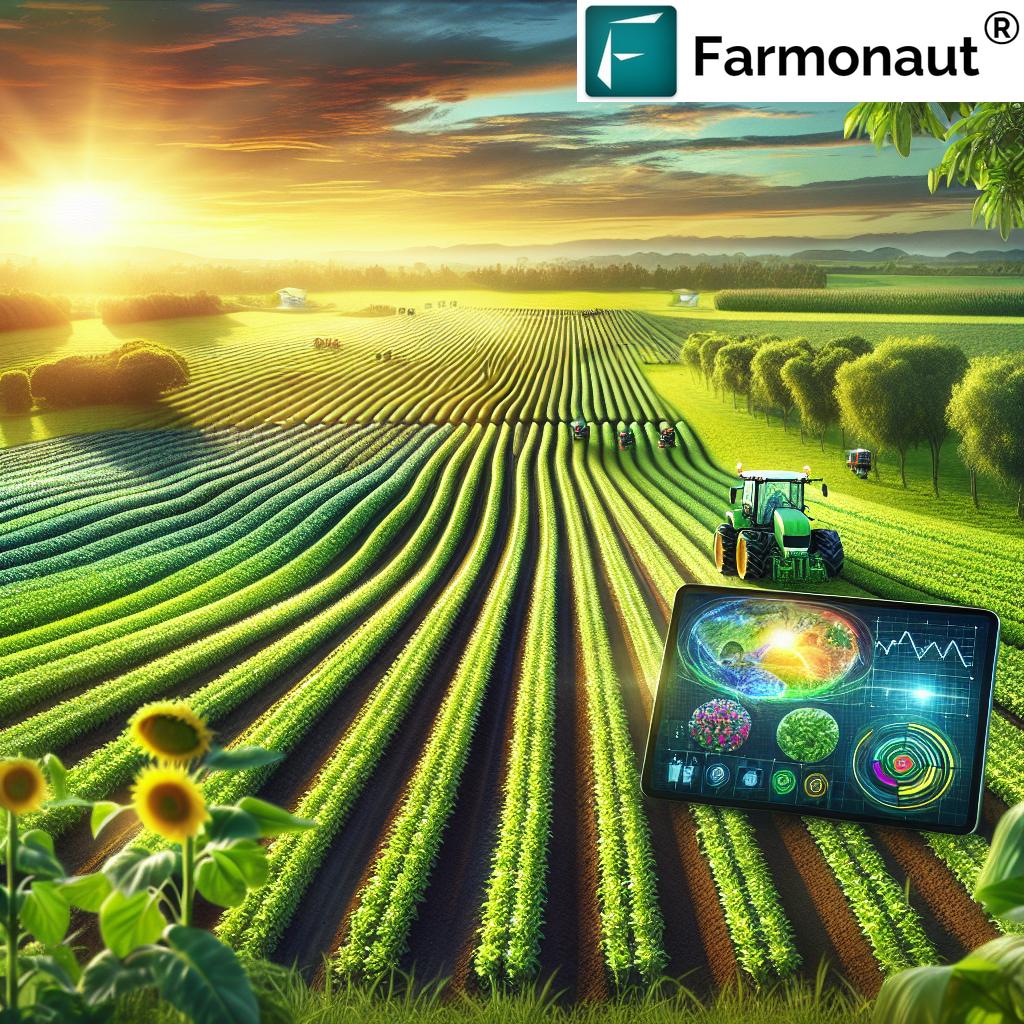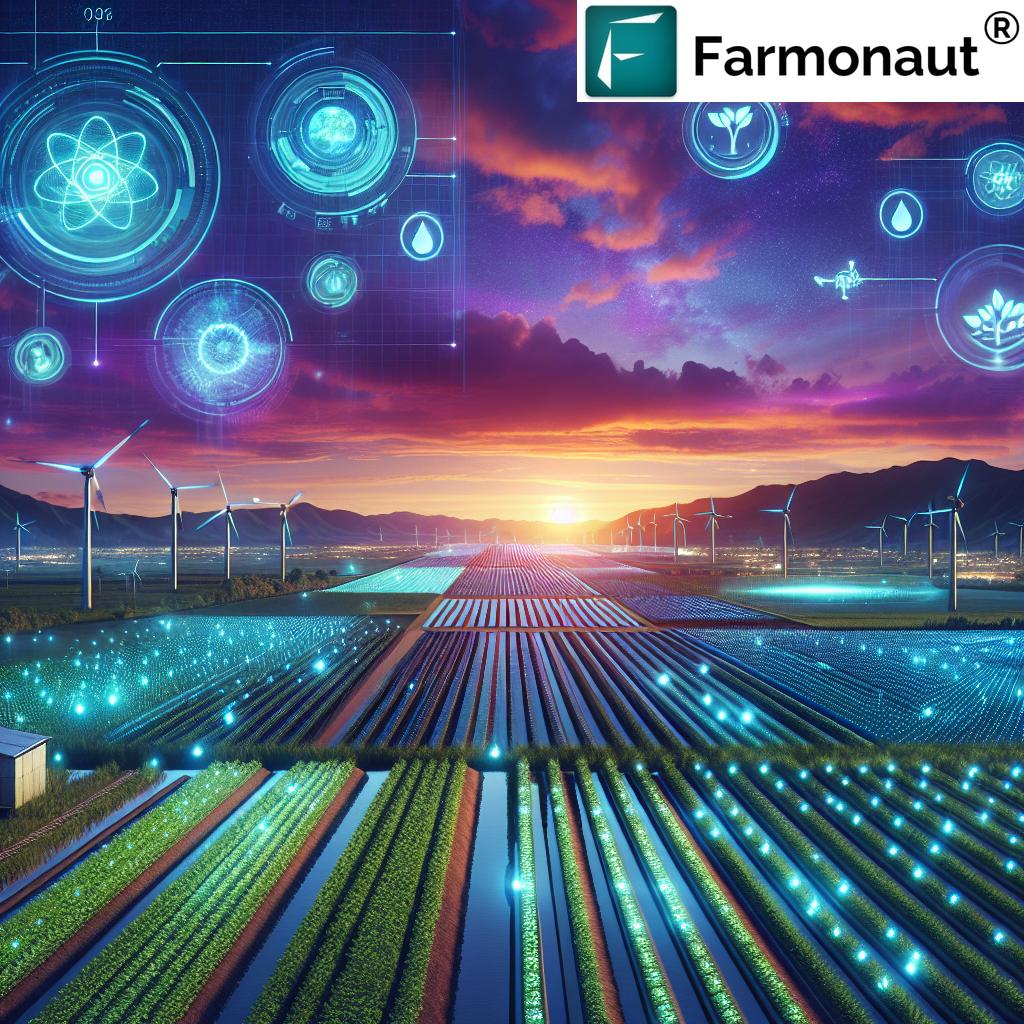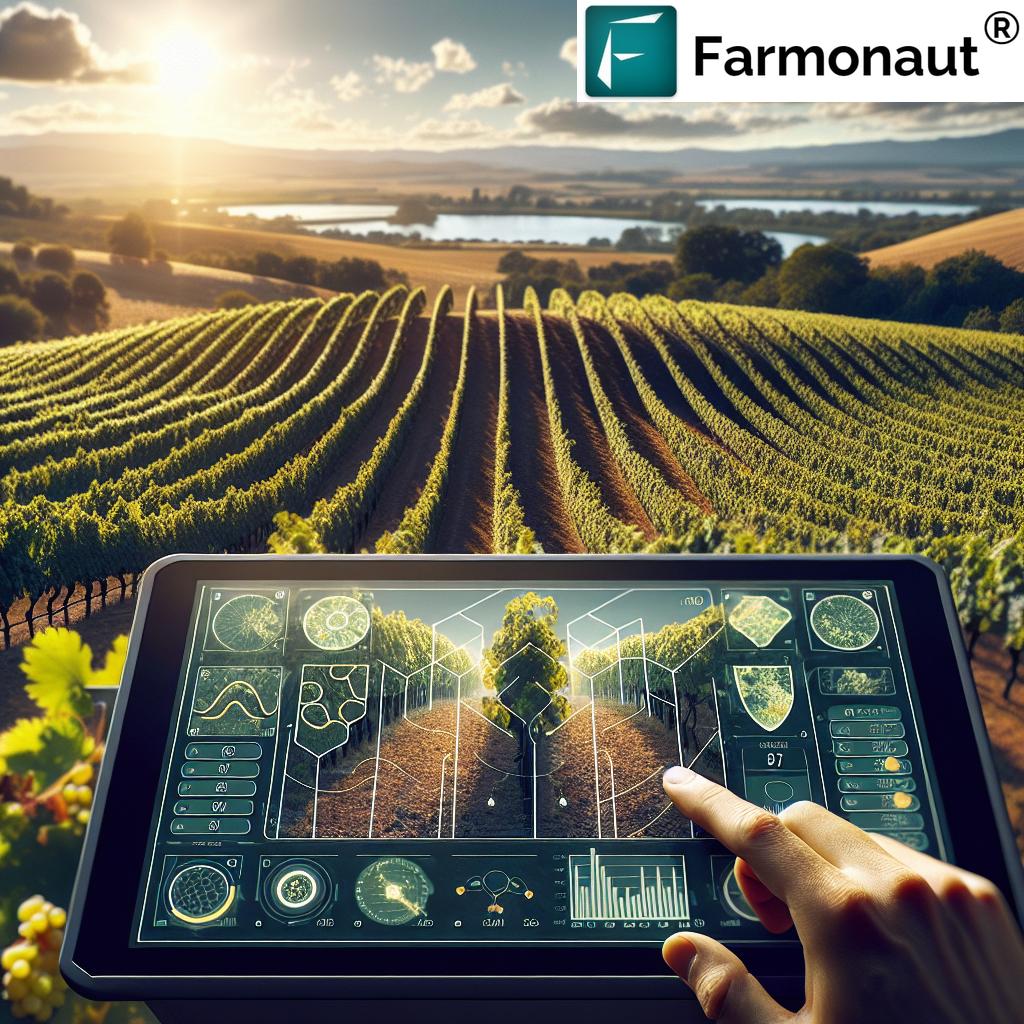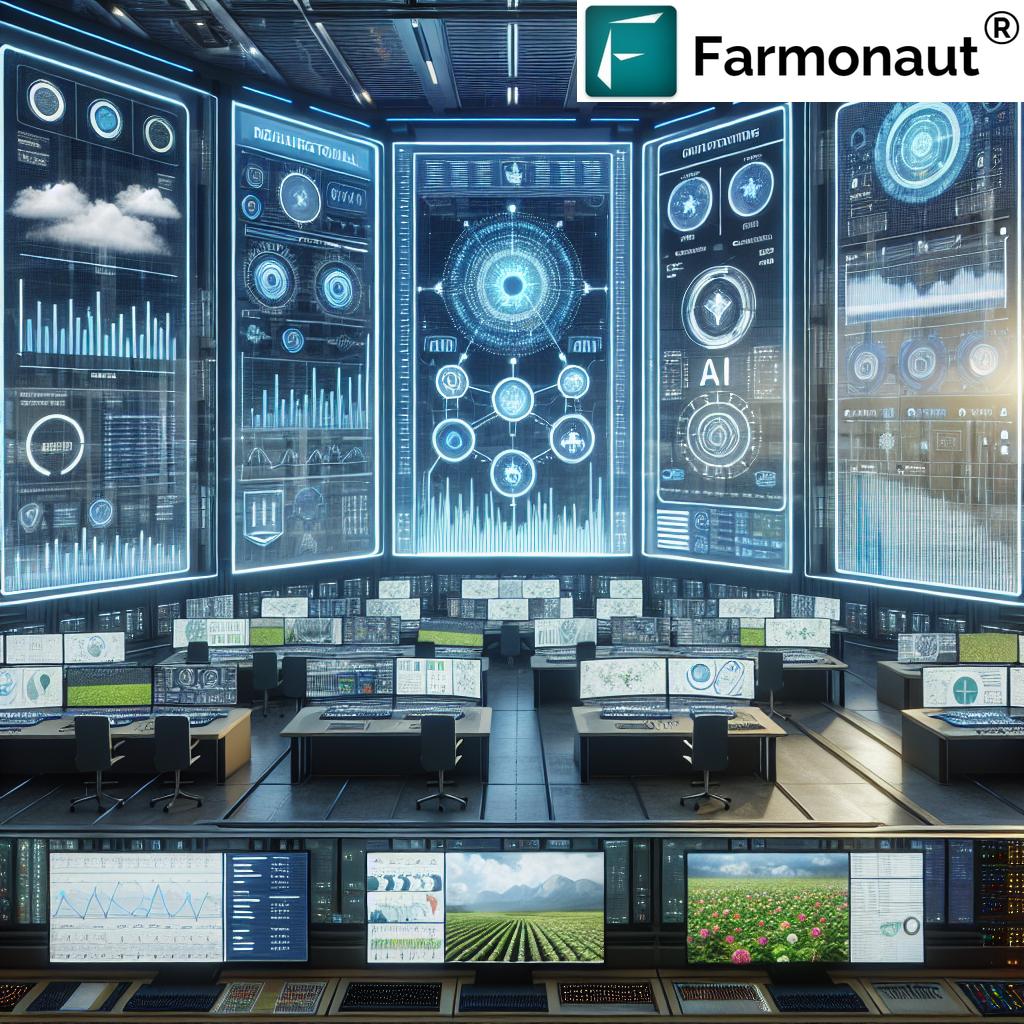Aeroponic Saffron Cultivation: Advanced Setup & Yield
“Aeroponic saffron farming can increase yield by up to 3 times compared to traditional soil methods.”
Introduction: The Red Gold Revolution in Saffron Farming
Saffron, termed “red gold”, is one of the most valuable and delicate spices globally, revered for its flavor, vibrant color, and medicinal properties. Traditionally grown in soil across regions like Kashmir (India), Iran, and Spain, saffron cultivation is a high-labor, climate-dependent agricultural pursuit. Its cultivation cycle is sensitive to climatic variations and sustainability challenges, with the yield substantially influenced by environmental unpredictability and soil-borne diseases.
In 2025 and beyond, aeroponic saffron cultivation is emerging as a transformative solution—driven by cutting-edge agricultural advances, resource constraints, and the demand for higher yield and quality of produce. The shift toward aeroponics farming saffron is not merely an innovation; it represents a significant leap forward for the global saffron industry, particularly in regions with limited arable land and water availability.
Understanding Aeroponics and Its Relevance to Saffron
Aeroponics is a soilless cultivation technique where plant roots are suspended in a closed or semi-closed chamber and intermittently misted with a nutrient-rich solution. Unlike traditional hydroponics, aeroponics maximizes oxygen exposure to roots, thereby enhancing nutrient uptake and accelerating growth. With aeroponic saffron cultivation, the roots of Crocus sativus (saffron corms) do not rest in water or soil but instead hang freely, absorbing precisely formulated nutrients delivered through fine misting.
- Maximized root oxygenation: Promotes robust corm and flower development.
- Greater control: Over root environment, nutrient supply, moisture, and disease reduction.
- Reduced dependency: On local climatic conditions, making aeroponic saffron cultivation viable in non-traditional regions.
For saffron growers in 2025, aeroponics represents not just an alternative, but often the superior, solution for achieving:
- Higher productivity and yield per square meter
- Sustainable use of water and nutrients
- Consistent, predictable quality of spice harvested
“Advanced aeroponic setups use 95% less water for saffron cultivation, enhancing sustainability into 2025 and beyond.”
Aeroponic Setup for Saffron: Key Components & Engineering Principles
A successful aeroponic setup for saffron requires a scientifically designed, controlled environment. The shift from traditional methods to aeroponics is defined by attention to every root and corm parameter:
Core Components of Aeroponic Saffron Cultivation System
-
Root Chamber & Misting System
- The sealed chamber is the crux, suspending roots (corms) freely.
- Misting nozzles deliver fine droplets of nutrient solution intermittently—balancing moisture, preventing waterlogging and maximizing oxygen exposure.
- Humidity sensors and misting schedules support optimal root health.
-
Nutrient Reservoir and Pump
- Nutrient solution reservoir and precision pumps ensure continuous, uniform supply.
- Reservoirs are often equipped with agitation to prevent nutrient settling.
-
Lighting, Humidity & Temperature Controls
- Advanced LED lighting (adjustable spectrum) simulates saffron’s natural photoperiod, supporting the corm’s vegetative and flowering stages.
- Temperature is held in the optimal range using smart HVAC units, with sensors feeding data for continuous monitoring and adjustments.
- Relative humidity is maintained using dehumidifiers/humidifiers as needed.
-
Corm Placement & Support Structures
- Spongy foam holders, mesh trays, or net pots cradle saffron corms, keeping them above the mist but in suitable proximity.
- The roots hang freely into the misting chamber to maximize air and nutrient exposure.
-
Environmental Sensors & Automation
- IoT-based environmental sensors monitor temperature, humidity, light levels, EC, pH and root chamber conditions.
- AI-driven controls adapt misting, lighting, and nutrient delivery for optimal outcomes.
These interconnected components constitute the heart of a modern aeroponics farming saffron system, enabling scalable saffron production suitable for 2025 and beyond.
Misting Nozzle Dynamics & Nutrient Delivery
Fine misting is central—the nozzles atomize the nutrient solution into fine droplets, increasing overall nutrient availability and root uptake. The frequency and duration of misting cycles are calibrated based on the root’s developmental stage and the prevailing environmental conditions within the chamber. Overly frequent misting risks root diseases, while infrequent supply causes dehydration and stunted growth.
Saffron-Specific Nutrient and Growth Requirements
- Macronutrients: Nitrogen (N), Phosphorus (P), Potassium (K) balanced to meet the corm’s demands
- Micronutrients: Zinc, iron, magnesium, boron, adapted for flower quality and pigment intensity
- pH & EC: Around pH 6.0–6.5 and EC of 1 to 1.3 dS/m for optimal saffron corm uptake and growth
- Disease control: Aeroponic chambers minimize bacterial and fungal infection risk as the root environment is highly controlled and remains mostly sterile compared to open soil.
Environment Control & Monitoring in Saffron Aeroponics
Constant monitoring and adjustment are defining features of advanced aeroponic saffron cultivation setups. From lighting cycles to nutrient levels, it is the synergy of sensors and automation that enable year-round, high-quality production—regardless of the external climate.
Lighting & Photoperiod Management
- Programmable LEDs simulate natural daylight cycles, which are crucial for proper blooming and high saffron yield.
- Spectral tuning allows optimized chlorophyll activity and stimulation of flowering hormones at critical growth stages.
Temperature & Humidity Precision
- Ideal growth: 15–23°C (corm rooting needs cooler nights for robust development)
- Humidity maintained at 60–70% to avoid fungal outbreaks and dehydration
- Smart sensors and automation: Rapidly counteract external temperature swings and internal humidity build-up in the closed chamber
Continuous Monitoring and Automation
- IoT Sensors: Gather real-time data on root moisture, air temperature, reservoir nutrient concentrations, and more.
- AI-based Advisory Systems: (e.g., Farmonaut’s Jeevn AI) recommend precise adjustments to nutrient delivery, misting patterns, and lighting schedules for each growth stage.
-
Blockchain Traceability: Enables full tracking of the aeroponically grown saffron’s journey from corm to spice, ensuring market and consumer confidence in purity and origin.
Learn more about blockchain-based saffron traceability here.
This level of insight and precision is not achievable in traditional cultivation. In 2025, aeroponic systems represent the technological vanguard of high-value spice farming.
Comparative Performance Table: Soil-Based vs. Aeroponic Saffron Cultivation
Below, we compare traditional soil-based and advanced aeroponic saffron cultivation methods across yield, water usage, harvest time, product quality, and sustainability.
| Cultivation Method | Estimated Yield per Sq. Meter (grams) | Water Usage per Cycle (liters) | Time to Harvest (days) | Quality Score (1–10) | Sustainability Impact |
|---|---|---|---|---|---|
| Traditional Soil | 2–3 | 100–120 | 110–140 | 5–6 | Low–Medium |
| Aeroponic | 6–9 | 5–8 | 80–90 | 9–10 | High |
*Values are generalized estimates reflecting global best practices for yield, efficiency, and sustainability as projected for 2025.
Advantages of Aeroponic Saffron Cultivation in 2025 & Beyond
- Water Efficiency: Advanced aeroponic setups use up to 95% less water, tackling the resource crunch in arid saffron regions while keeping operations sustainable.
- Higher Yield and Consistent Quality: Superior nutrient availability, maximized oxygenation, and precise environmental control mean more robust flowering, leading to both higher yield and uniform product quality.
- Space Optimization: Vertical and stacked systems allow saffron farming in urban and peri-urban areas with extremely limited land, making “local saffron” production a reality even in non-traditional regions.
- Reduced Pesticide and Fungicide Use: The closed and sterile root chamber brings significantly lower exposure to soil-borne pests, reducing chemical dependency for disease management.
- Year-Round Production: Unlike traditional, season-constrained systems, aeroponic operations deliver round-the-year cropping cycles, stabilizing income and market availability.
- Traceability & Food Safety: Blockchain technology in 2025 facilitates traceability from corm to spice—addressing high-value markets’ demand for authentic, contamination-free saffron. See: Farmonaut Traceability Solutions.
- Climate Independence: Aeroponic saffron is less susceptible to weather anomalies, making supply resilient against climatic calamities and global warming.
Example: In a vertical aeroponics farming saffron unit in a metropolis, dozens of harvests annually can be achieved on a fraction of the water, without the looming worry of drought, excessive rain, or pestilence—a compelling case for the farming future.
Sustainability, Challenges & The Future of Saffron Aeroponics
As we look to 2025 and beyond, the sustainability of high-value crop production is a pivotal concern for agriculture. Saffron, being resource-intense under traditional regimes, stands to benefit most from controlled aeroponic cultivation.
Aeroponic Saffron Cultivation: Sustainability Profile
- Minimal Land Use: A 90% reduction in the land footprint per gram of harvested saffron is possible through vertical stacking and space optimization.
- Resource Management: Precision management drastically lowers waste—nutrients, water, and even labor are delivered in exact amounts only where needed.
- Environmental Impact: Real-time monitoring (such as Farmonaut’s Carbon Footprinting tools) allows operators to track, report, and minimize emissions and water usage, ensuring compliance with emerging green regulations.
Challenges in Aeroponic Saffron Cultivation
- Initial Capital Investment: Advanced aeroponic setups require upfront investment in infrastructure, automation, and support systems—but offer long-term savings and higher returns.
- Technical Complexity & Knowledge: Continuous monitoring, system design, and precise nutrient management demand skilled labor and up-to-date training.
- Nutrient Solution Fine-Tuning: Saffron corms have unique requirements. Iterative research is necessary to refine optimal nutrient profiles for each growth stage.
- Access & Scale: While scalable, the technology’s adoption hinges on education, cost-reduction, and the development of regionally adapted, plug-and-play systems.
With the proliferation of AI, IoT, and platforms such as Farmonaut bringing real-time analytics and simplified management, these obstacles are being steadily reduced.
Farmonaut’s Technologies: Supporting High-Tech Saffron Farming
As a pioneering satellite technology company, we at Farmonaut deliver next-generation agritech services empowering modern saffron cultivation:
- Satellite Based Crop Monitoring: Our platform harnesses high-resolution imagery for precise yield estimate, NDVI-based health analytics, and resource status mapping. This makes tracking large-scale aeroponics farming saffron projects efficient and data driven.
-
AI-Driven Advisory (Jeevn AI): Delivers smart recommendations on misting cycles, disease alerts, and energy/resource optimization.
Explore smart farm management with our Agro Admin App. - Real-Time Environmental Sensors: Integration with multi-spectral satellite data enhances decision-making for efficient crop development and precision harvesting.
- Blockchain Traceability: Ensures market-ready, verifiable saffron production for high-value export chains.
-
Fleet & Resource Management: Monitor and optimize farm logistics, nutrient distribution, and aeroponic system maintenance seamlessly.
Discover scalable fleet solutions for modern agri setups. -
Environmental Impact Monitoring: We power sustainable saffron cultivation with tools for carbon, water, and input usage reporting—key for compliance and eco-labeling.
Check full details on carbon footprinting solutions here. -
API Access & Integration: Easily plug Farmonaut’s insights into custom saffron monitoring systems and enterprise dashboards.
Get our full API here |
Developer Documentation
This end-to-end data-driven capability helps us empower saffron farmers, enterprises, and governments globally. The future of saffron is not just high-tech—it’s smart, resilient, sustainable, and accessible.
FAQs: Aeroponic Saffron Cultivation in 2025 & Beyond
What is aeroponic saffron cultivation?
Aeroponic saffron cultivation is the practice of growing saffron corms in a soilless chamber, where the roots are suspended and intermittently misted with nutrient-rich solution. This system maximizes root oxygenation, optimizes nutrient availability, and enables controlled environment farming for higher yield and quality.
How does aeroponics farming saffron compare to traditional soil methods?
Compared to traditional methods, aeroponics farming saffron provides:
- 2–3 times higher yield
- 95% lower water use
- Shorter growing cycle
- Consistently high-quality stigmas (red gold)
- Reduced risk of soil-borne diseases
- Superior sustainability profile in water- and land-limited regions
What is the ideal nutrient solution for aeroponic saffron cultivation?
The optimal nutrient solution balances macronutrients like nitrogen, phosphorus, and potassium and micronutrients including iron, zinc, and magnesium. pH around 6.0–6.5 and EC between 1–1.3 dS/m is recommended for robust growth and vibrant saffron color.
Are there any major challenges in implementing aeroponic saffron setups?
Yes, initial setup costs, the need for technical expertise, continuous system monitoring, and the requirement for precise nutrient and environmental management are primary challenges. However, these are mitigated with automation, training, and AI advisory tools in 2025 and beyond.
Can aeroponic saffron be grown anywhere, regardless of location?
Yes—since aeroponic systems provide a controlled environment, saffron cultivation can be established in cities, peri-urban regions, deserts, or even in industrial spaces where land and water are scarce.
How does Farmonaut support aeroponic saffron farmers?
We at Farmonaut provide real-time crop monitoring via satellite, AI-based advisory, resource optimization, blockchain traceability, and robust environmental impact tracking—enabling operators to maximize productivity and sustainability. Learn more in our web and mobile farm management apps.
Conclusion
Aeroponic saffron cultivation is not just a technological trend—it’s a revolution in agriculture, sustainability, and global spice production. By integrating advanced aeroponic setups with digital monitoring and smart farming solutions as we approach 2025, growers can achieve unprecedented efficiency, environmental stewardship, and product quality—regardless of climate or geography.
As demand for high-value, traceable, and sustainably farmed saffron continues to rise worldwide, aeroponics farming saffron will shape the industry’s future—delivering higher yield, superior quality, and reliable supply, all while safeguarding precious resources such as water and land.
Whether you are a modern farmer, enterprise, or policymaker, embracing aeroponics represents a pioneering leap toward resilient, data-powered, and eco-conscious agriculture for 2025 and beyond.
Begin your journey into advanced saffron cultivation—explore Farmonaut’s digital solutions for smart, satellite-driven saffron farming today.
Your future saffron harvest starts with innovation—embrace aeroponics and smart farming for a sustainable tomorrow.













